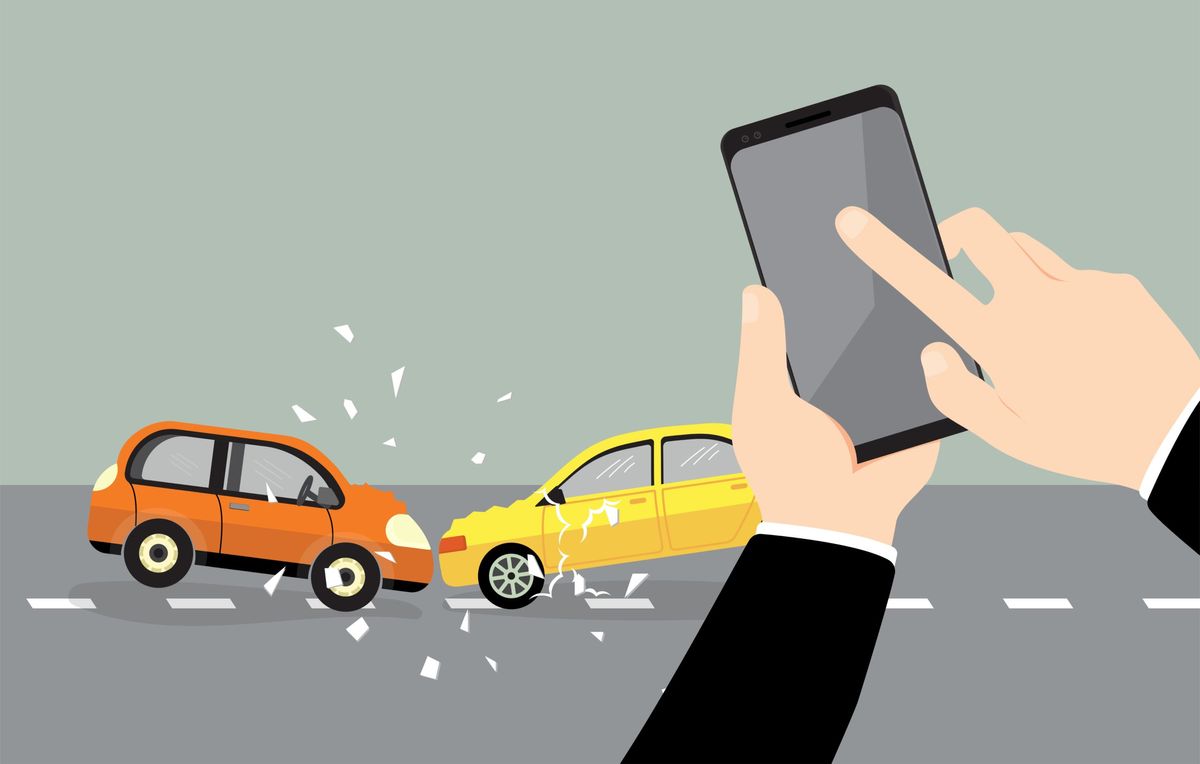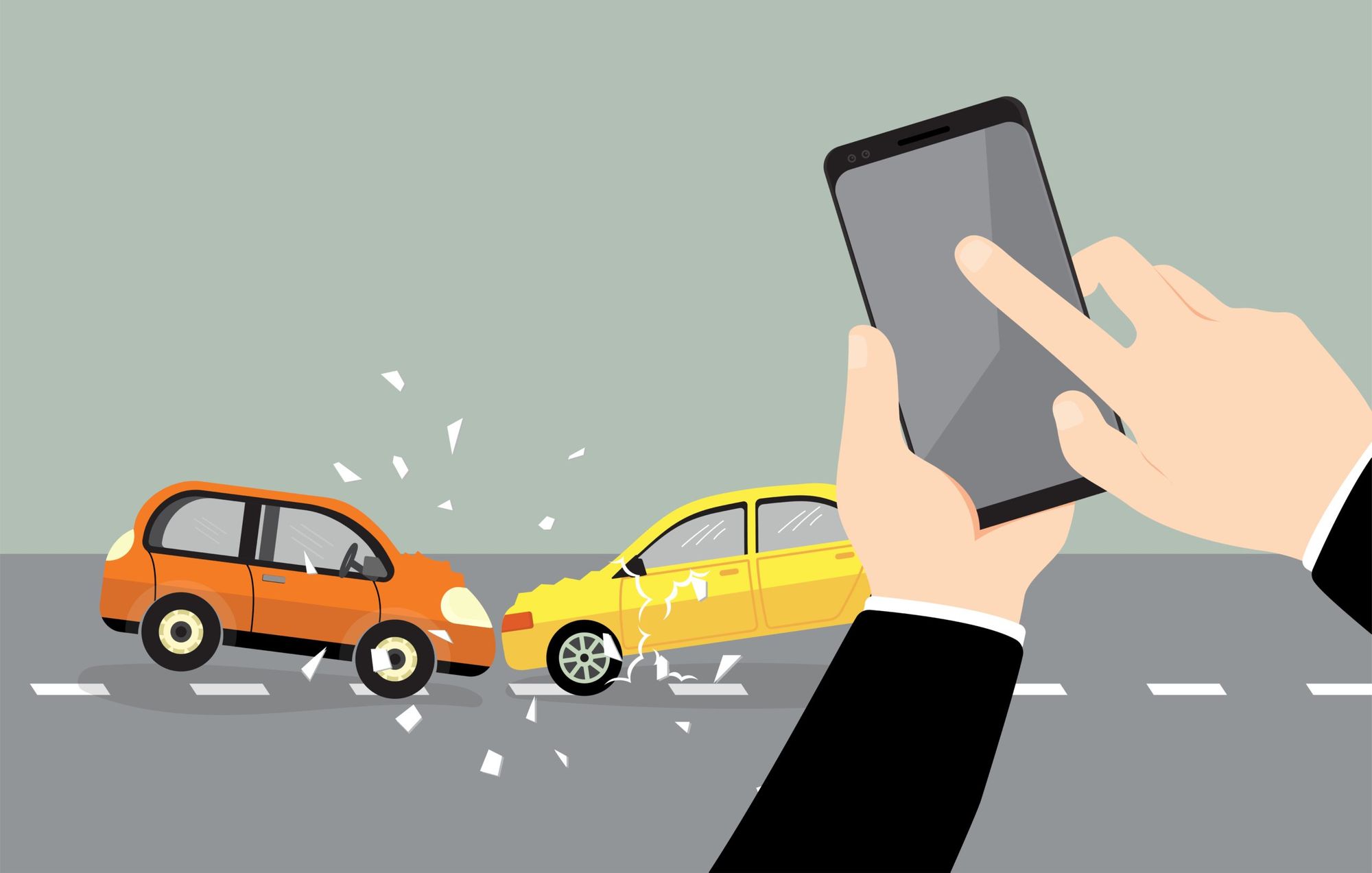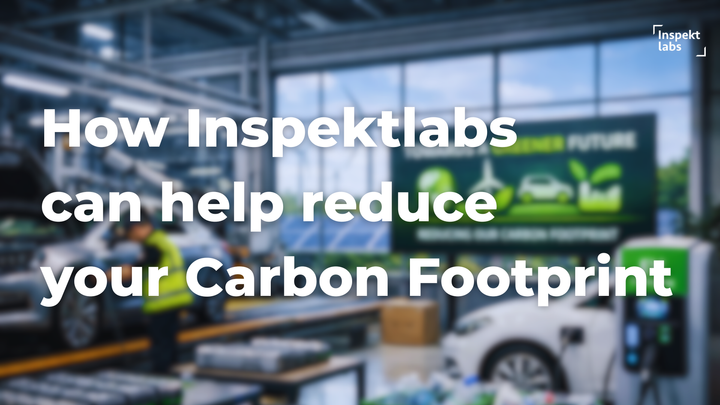Use-Cases and Impact for Car Inspection Automation Using AI: Insurance FNOL | Inspektlabs
Automated car inspections will pave the way for customer-centric insurance services. The prompt response and swift settlement of claims can enhance the brand position in a market where insurers are already demonized.

When the insured asset is lost, stolen, or damaged, it requires the creation of the First Notice of Loss (FNOL) report, which is forwarded to the insurer. Resultantly, FNOL is the first direct contact between an insurer and a policyholder for the formal claims process lifecycle. This interaction could make or break the customer relationship. Hassle-free customer experience would improve customer retention and vice versa.
Let’s review the FNOL process and how insurance firms can make it more customer-friendly.
First Notice of Loss (FNOL) in Motor Insurance
FNOL triggers the chain of events for a claims cycle. The FNOL process offers the insurer the opportunity to deliver fair and effortless claims service. In response, the insurance company can expect improved post-claim customer retention.

First, the motor insurance policyholder contacts the insurer to notify the loss or damage to the vehicle. Accordingly, the following information is to be shared:
• The full name, date of birth, address, and other personal details of the policyholder.
• Date, time, and location of the accident.
• An account of how the accident took place.
• Vehicle plate number, characteristics, and other relevant information.
• Insurance information about the party at-fault, or details of the incident.
• A police report, if any.
In some cases, the insurer may have quite a bit of this information already at hand. In this case, it becomes easier to move the claims ahead faster.
FNOL and Damage Inspection
Once the customer files the FNOL report, it becomes the insurers’ responsibility to return the car to its pre-accident state. Hence, the damage inspection report is a crucial piece of document that plays a vital role in determining the insurer’s liability.
Depending on the outcome of the report, the insurance agency can determine whether the car is either a Total Loss or a Repairable Loss. A Total Loss occurs when the car is beyond economical repair or is deemed unsafe to be driven on the road. On the other hand, Repairable Loss is salvageable and can be driven after repairs by a professional.

Typically, the claims adjuster would have to visit the accident site to assess the damage. Alternatively, they may ask the policyholder to take the car to the registered garage or to the salvage yard, depending on the intensity of the damage. In other cases, they may ask questions to draw the entire picture.
To accurately assess the state of the car, the insurance agent would need the visuals to gauge whether the car is either a Total Loss or a Repairable Loss. Hence, out of the three possible options above, physical visitation would give the most accurate assessment. However, manual inspections take up an inordinate amount of time and are prone to several pitfalls.
Enter: Automated Inspection.
AI-Powered Automated Car Inspections: Process and Advantages
The process for AI-powered automated car inspections for FNOL is fairly simple.
• The customer captures the photos and videos of the car right at the accident site and uploads it on the cloud.
• Thereafter, the AI-driven software generates a damage assessment report that is shared with the insurer.
• Based on the findings of this report, the insurance agency takes the appropriate decision.

Here’s how automated inspection trumps manual inspection:
• Quicker, in-depth reporting.
• Accurate damage assessment.
• Better repairable vs. total loss decisions.
• Reduced costs.
• Decreased turnaround time.
• Convenient and customer-friendly.
• Improved efficiency.
Final Thoughts
Automated car inspections will pave the way for customer-centric insurance services. The prompt response and swift settlement of claims can enhance the brand position in a market where insurers are already demonized. As customer satisfaction increases, profitability will also increase! At the same time, accurate, data-driven decisions will cut down costs.
All in all, it is a win-win situation for insurers and the insured!



